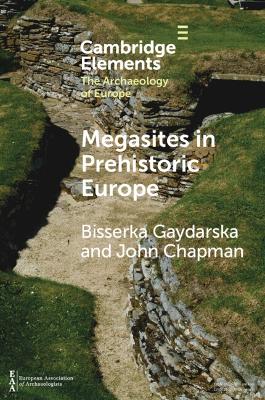This is an Element about some of the largest sites known in prehistoric Europe – sites so vast that they often remain undiscussed for lack of the theoretical or methodological tools required for their understanding. Here, the authors use a relational, comparative approach to identify not only what made megasites but also what made megasites so special and so large. They have selected a sample of megasites in each major period of prehistory – Neolithic, Copper, Bronze and Iron Ages – with a detailed examination of a single representative megasite for each period. The relational approach makes explicit comparisons between smaller, more 'normal' sites and the megasites using six criteria – scale, temporality, deposition / monumentality, formal open spaces, performance and congregational catchment. The authors argue that many of the largest European prehistoric megasites were congregational places.
- ISBN13 9781009096607
- Publish Date 27 October 2022 (first published 7 October 2022)
- Publish Status Active
- Publish Country GB
- Imprint Cambridge University Press
- Format Paperback (US Trade)
- Pages 75
- Language English
